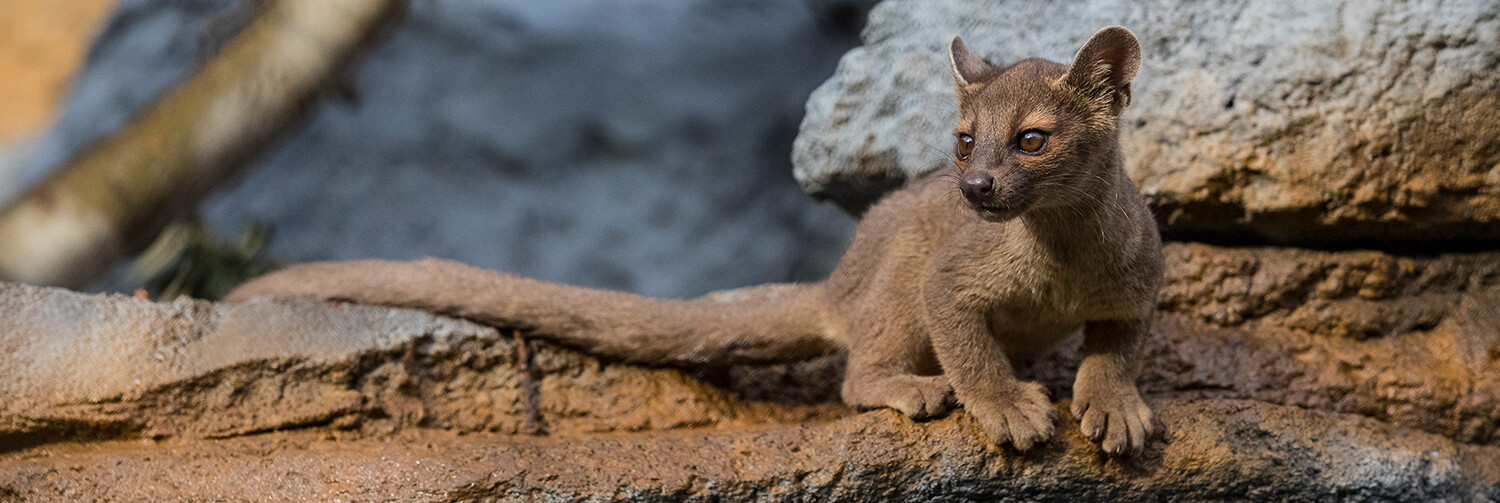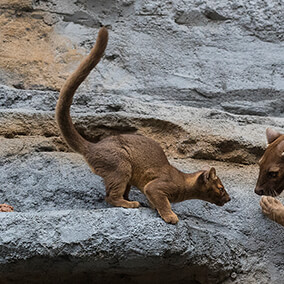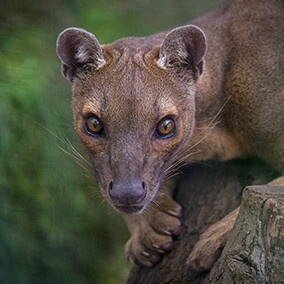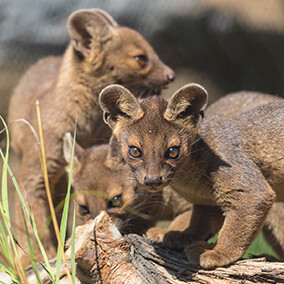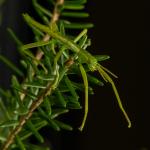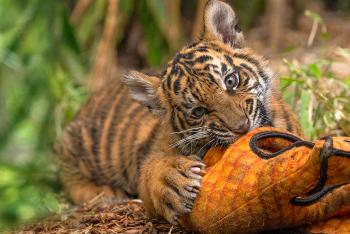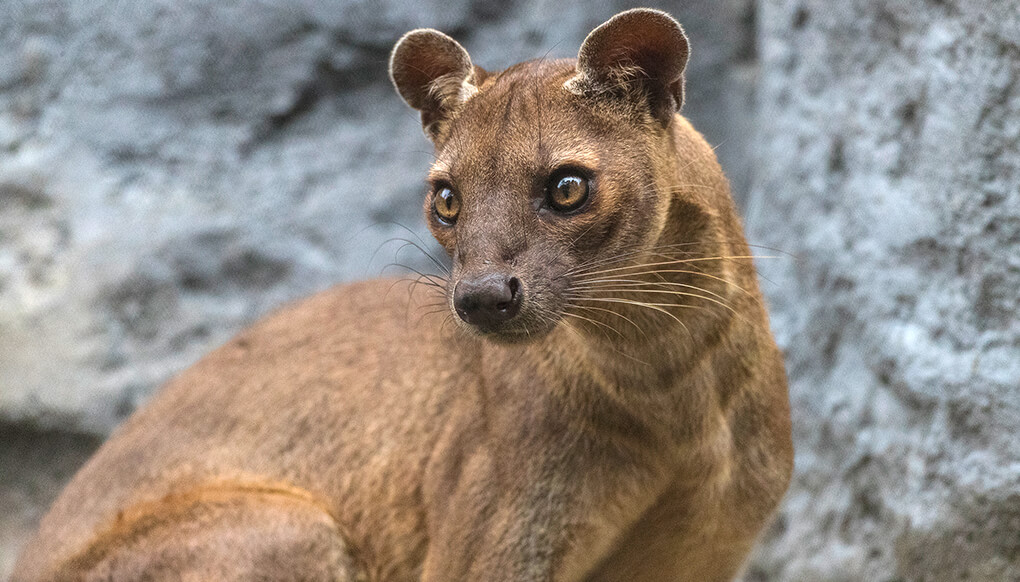
Fossa

Mammals


Threatened
facts
The fossa hunts and eats birds, reptiles, and small mammals (mostly lemurs).

description
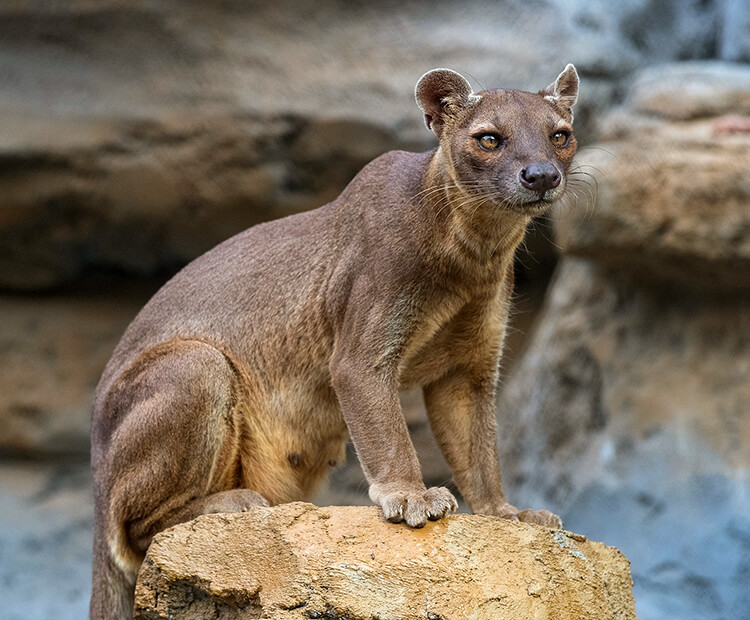
description
What is it?
This animal confuses people at first—even its name. It’s a fossa, pronounced FOO-sah (some people say “FOOSH” instead). And since it looks like a long-bodied catlike dog with a monkey’s long tail, people wonder what kind of creature it is! Fossas belong to their own group, but are related to the mongoose and civet.
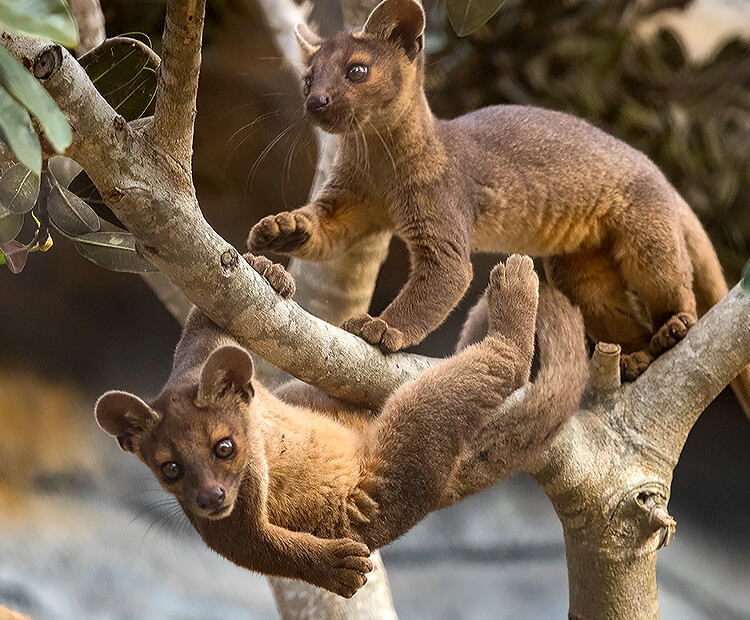
Way to go!
With sharp claws for gripping and a long tail for balance, the fossa an amazingly agile animal. It quickly leaps from branch to branch and tree to tree. It can even crawl along the underside of a branch! Fossas have such flexible ankles, the hind feet are able to turn almost backwards. This allows the animal to go down tree trunks headfirst!
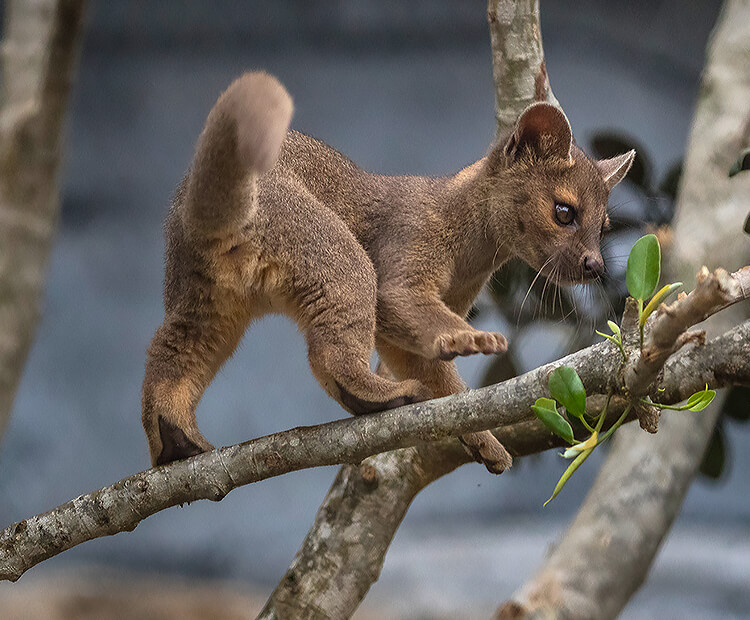
On the hunt
A stealthy predator, the fossa hunts by day or night. It often travels high in the trees in search of its favorite prey: lemurs. Rodents, birds, reptiles, and fish might also end up as a meal. A fossa spends lots of time up in the trees, but is also comfortable on the ground.
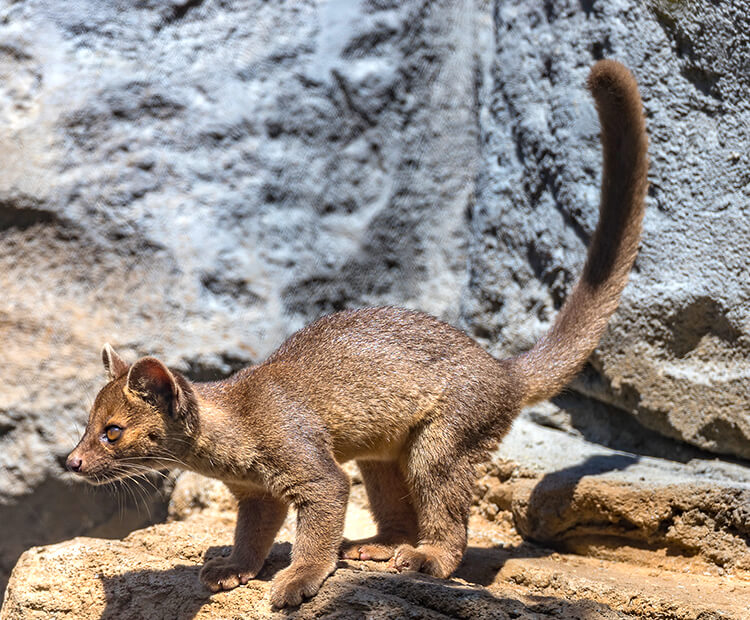
Scented signals
Although they chirp, purr, and yelp, fossas mostly communicate through scent. Each fossa has scent glands on its chest and under the base of the tail. Rubbing the glands on rocks, trees, or even just the ground leaves a message to other fossas. These animals tend to be solitary, so leaving scent signals can help them either stay out of each other’s way, or come together for mating.
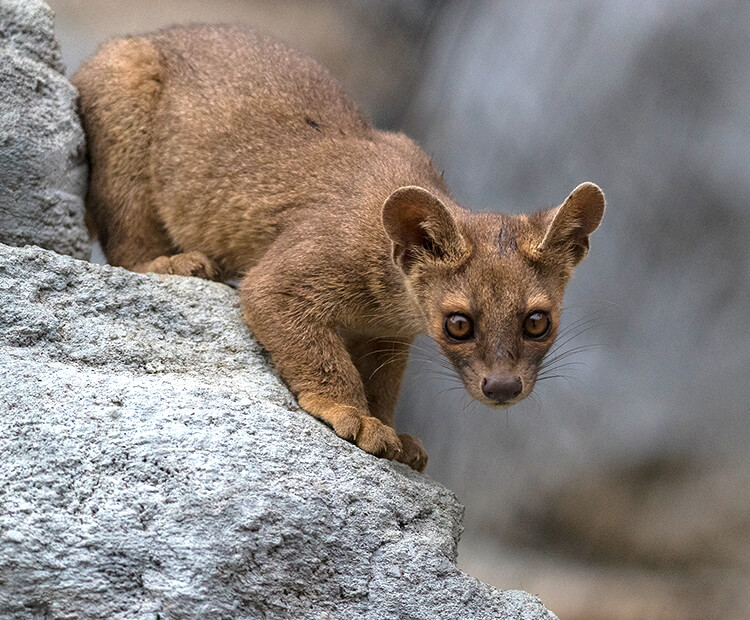
Pups
Before a female fossa gives birth, she creates a den in a rock crevice, a hollow tree stump, underground, or even in an old termite mound. Her pups will stay in the cozy den for about four to five months before they begin to explore outside. Then they practice climbing, running, and leaping. They stay with their mother for one to two years, learning to be good hunters.

